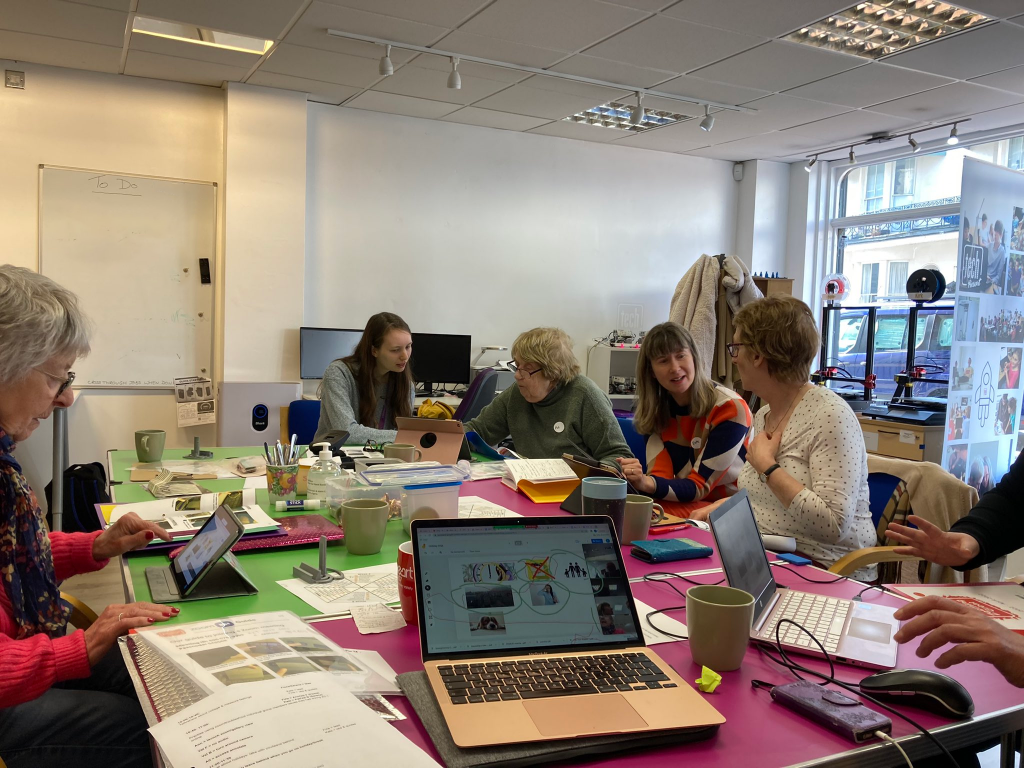
Digital Drop-in sessions
We provide free to access drop-in sessions to help people get connected safely and confidently

We provide free to access drop-in sessions to help people get connected safely and confidently

Making sure people are registered to vote is a digital-first service - here's how we're helping

Many of us rely on our phones to navigate public transport - what is it like for those digitally excluded?

It's time to say a sad goodbye to a few of our folk

Increasingly, shopping is becoming harder for people without digital access or skills
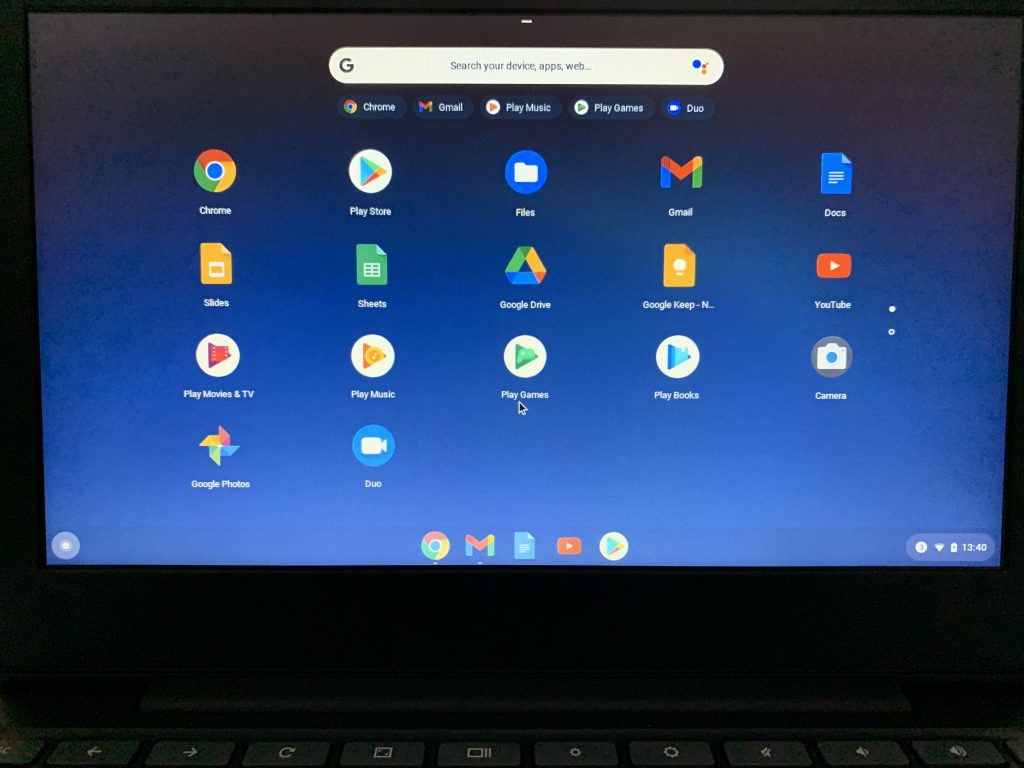
Sometimes we think we know best. Find out how we learn to adapt.
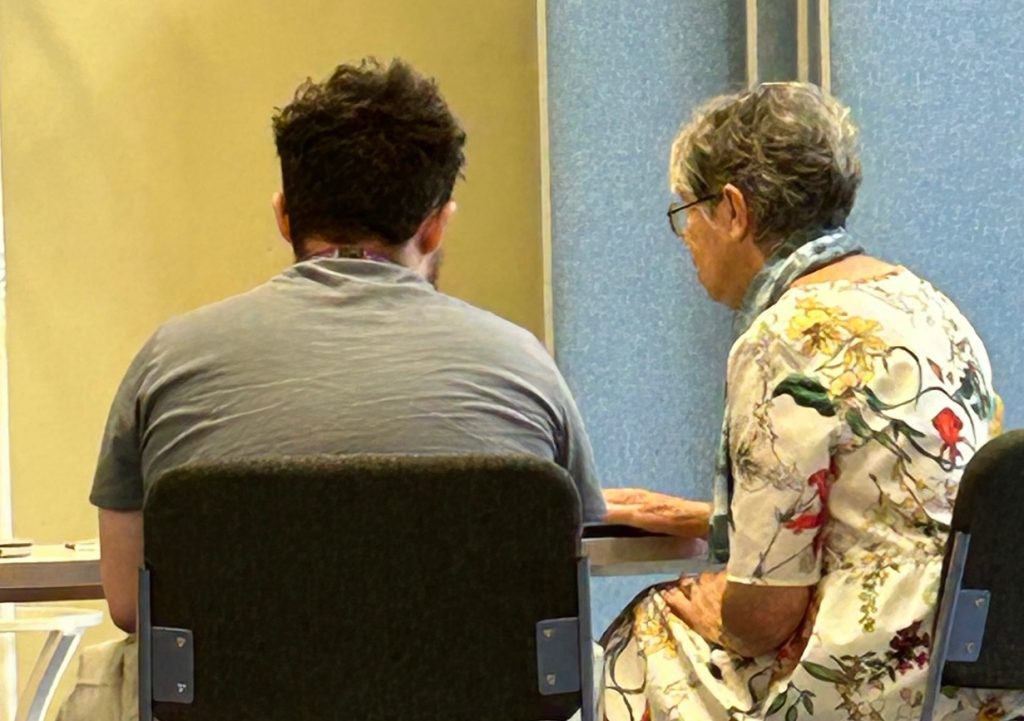
What does the Post Office Horizon story illustrate about digital exclusion? Here are our thoughts.

Read about what we've been doing to tackle digital exclusion in 2023.

Train ticket office closures have now been reversed - but they risked worsening digital exclusion.
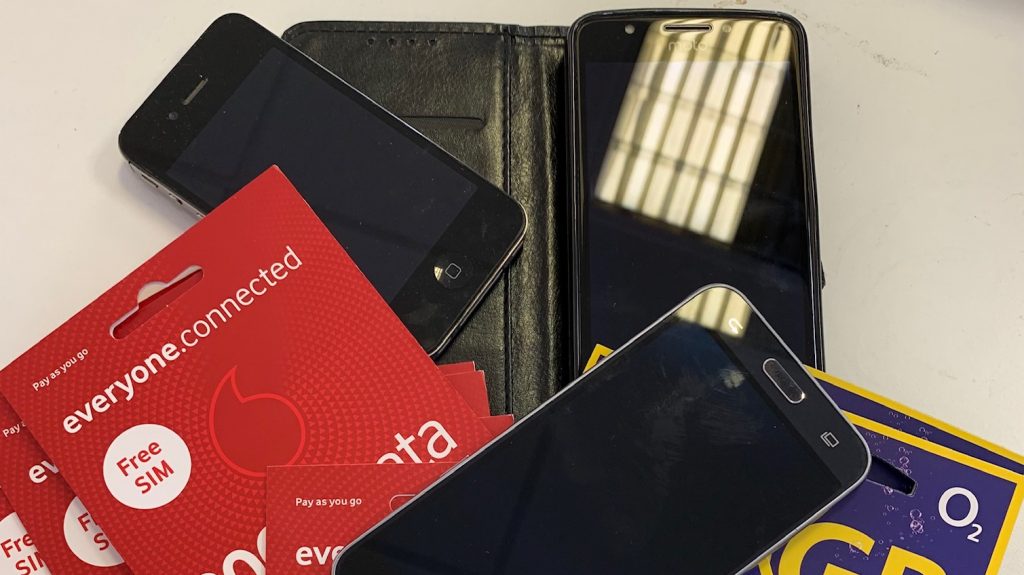
We take a brief look at the costs of being connected to the internet.
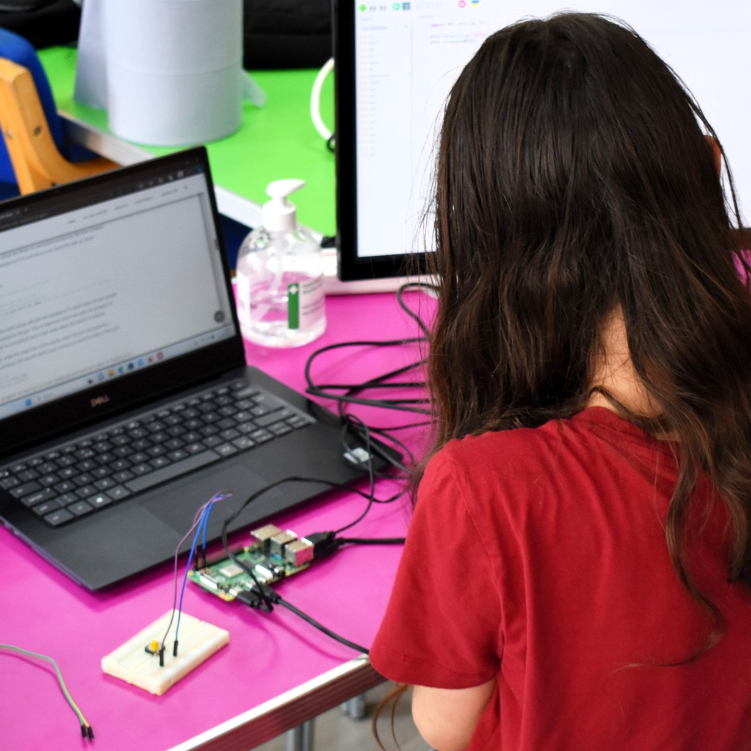
Hear what we've been up to in September!

Hear our experiences working to tackle digital exclusion

We're starting another drop-in session at Community Wise!

A round-up of our news from July!
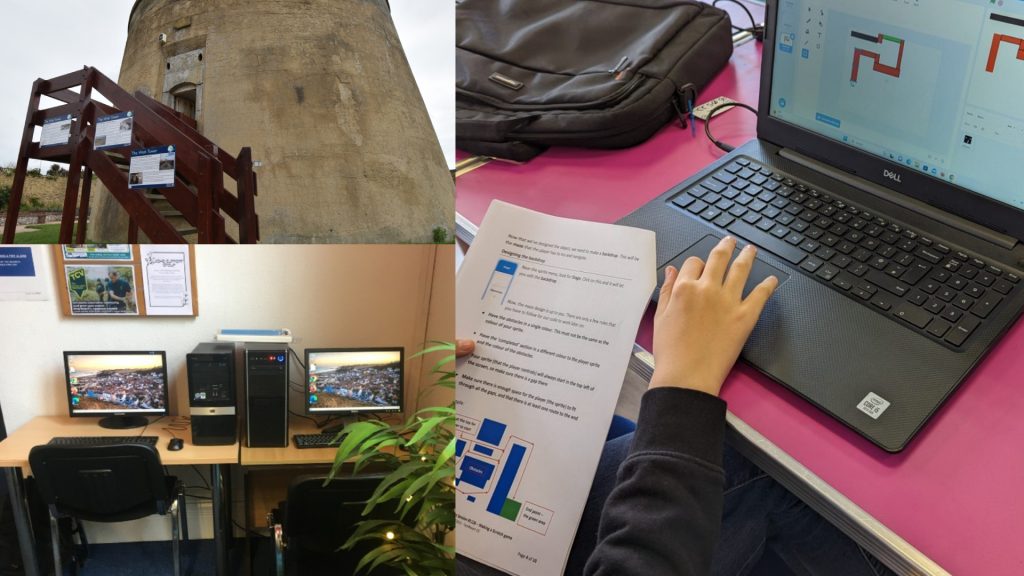
Another busy week helping our community!